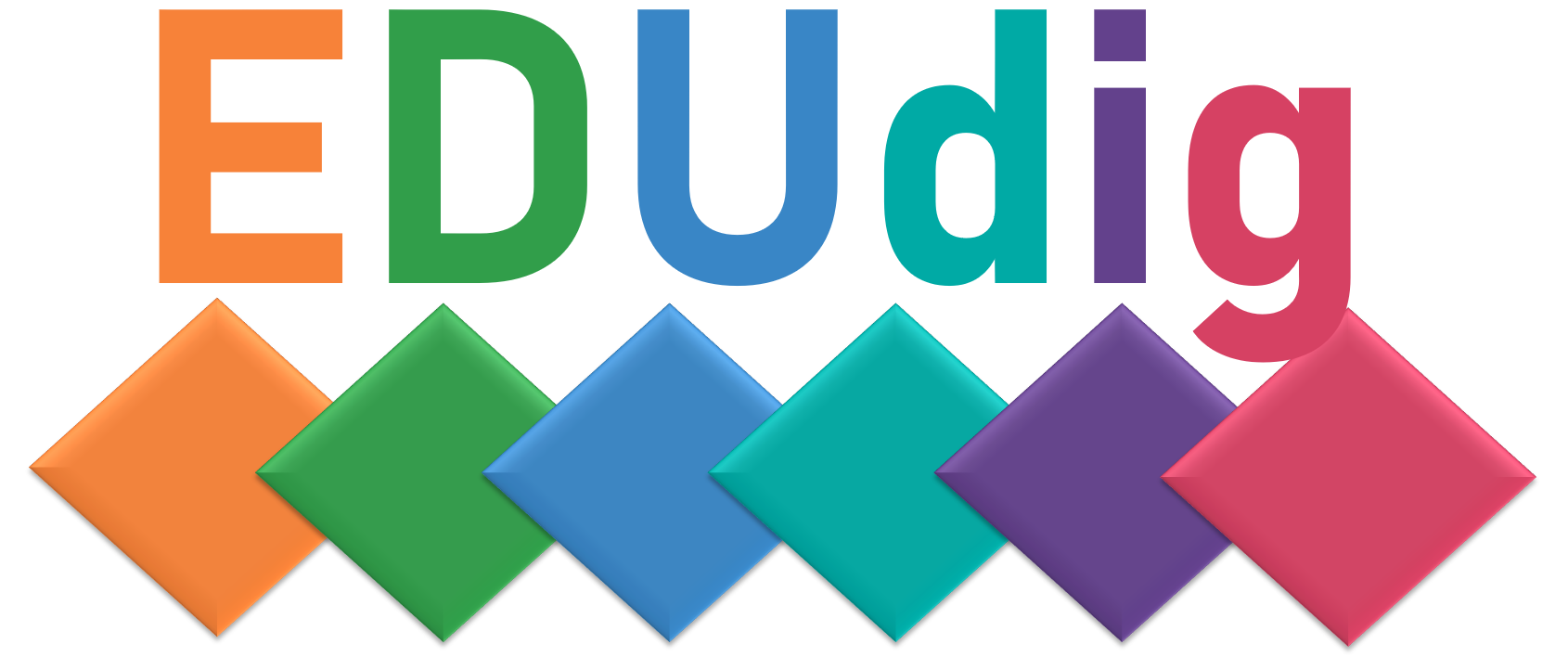Information and Media Literacy (the ability to access, analyze, evaluate, create media content) is interdisciplinary by nature. Media literacy represents a necessary, inevitable, and realistic response to the complex, ever-changing electronic environment and communication overload that surround all students.
Digital literacy is essential in online learning. With computers and algorithms mediating many learning activities it is important to develop an understanding of the risks and opportunities of meaningful uses of technology.
To develop the ability to critically approach, filter and assess information, notably to identify disinformation and to manage overload of information can be realized in many ways. A fun way is a form of gamification (see examples).
Another exemplary approach is to create a media bias chart from students’ national, regional or field-specific area (see Ad Fontes Media example). This can be first an individual task after which students can compare their charts. The charts can be discussed on online forums or in synchronous learning sessions.

Ad Fontes. 2022. The Media Bias Chart. Version 9.0.
https://adfontesmedia.com/static-mbc/
American Press Institute
https://www.americanpressinstitute.org/fact-checking-project/factually-newsletter/factually-games-to-teach-media-literacy/
Foundations of web literacyhttps:
foundation.mozilla.org/en/initiatives/web-literacy/
iCivics Foundation:
https://www.icivics.org/games
4 Games to Boost Media Literacy Skills (2019)
https://shaelynnfarnsworth.com/2019/10/23/4-games-to-boost-media-literacy-skills/
Troll Factory. Yle News.
https://trollfactory.yle.fi/
